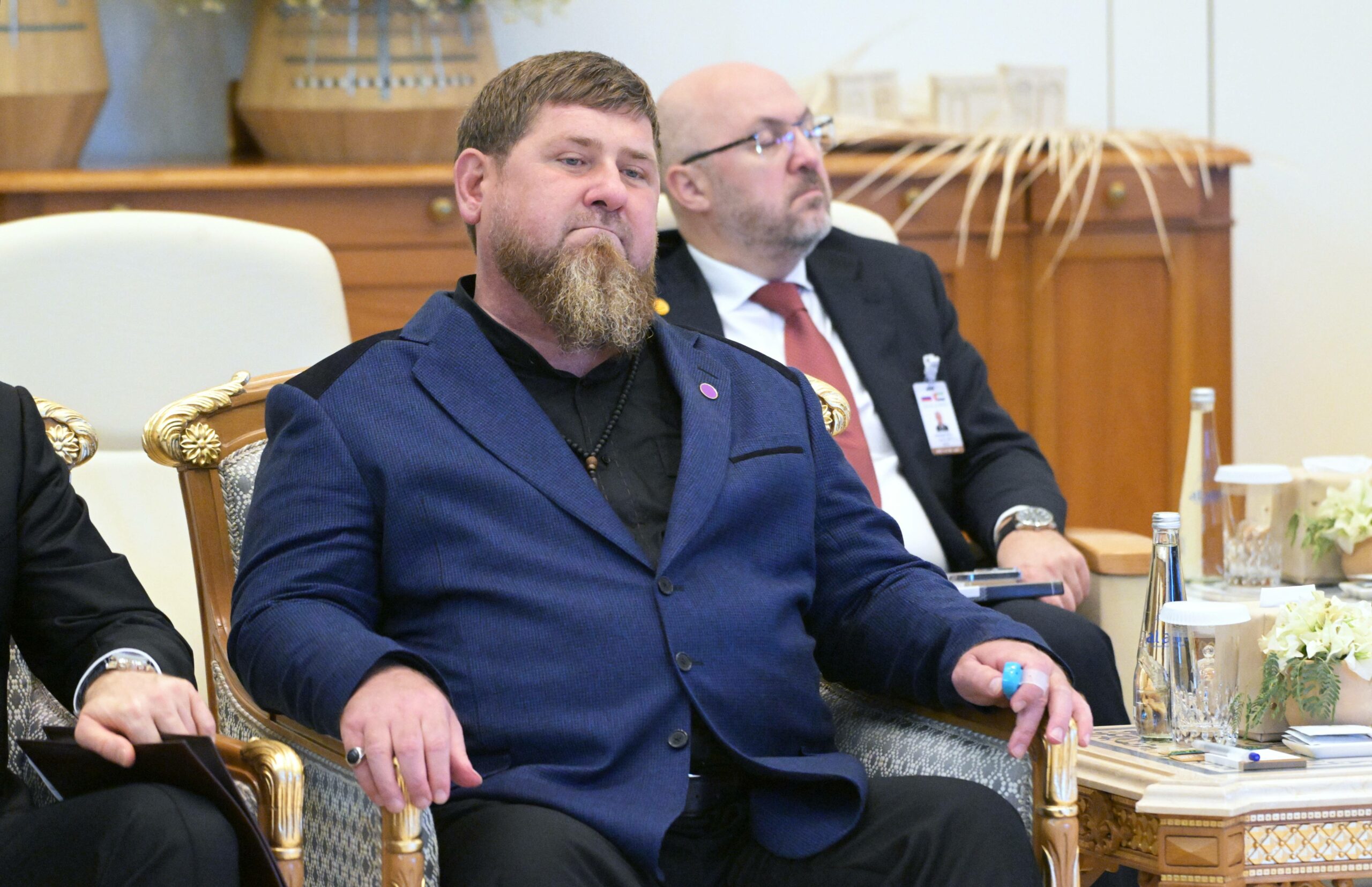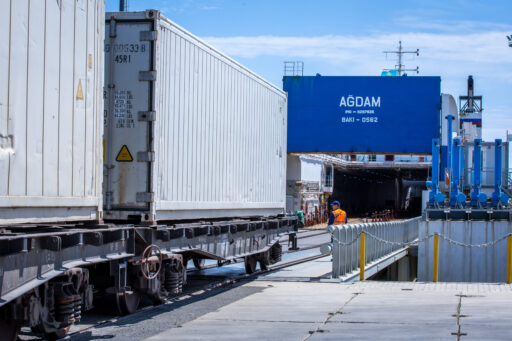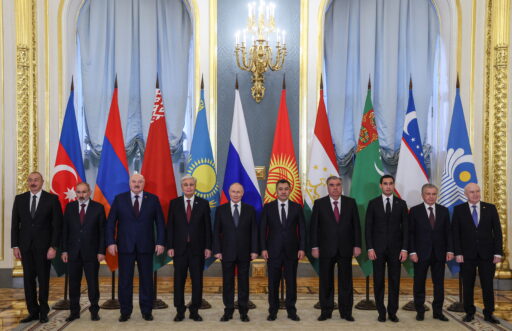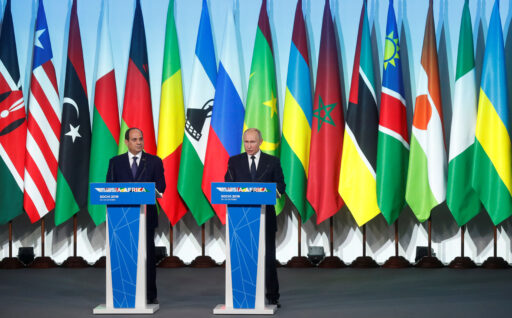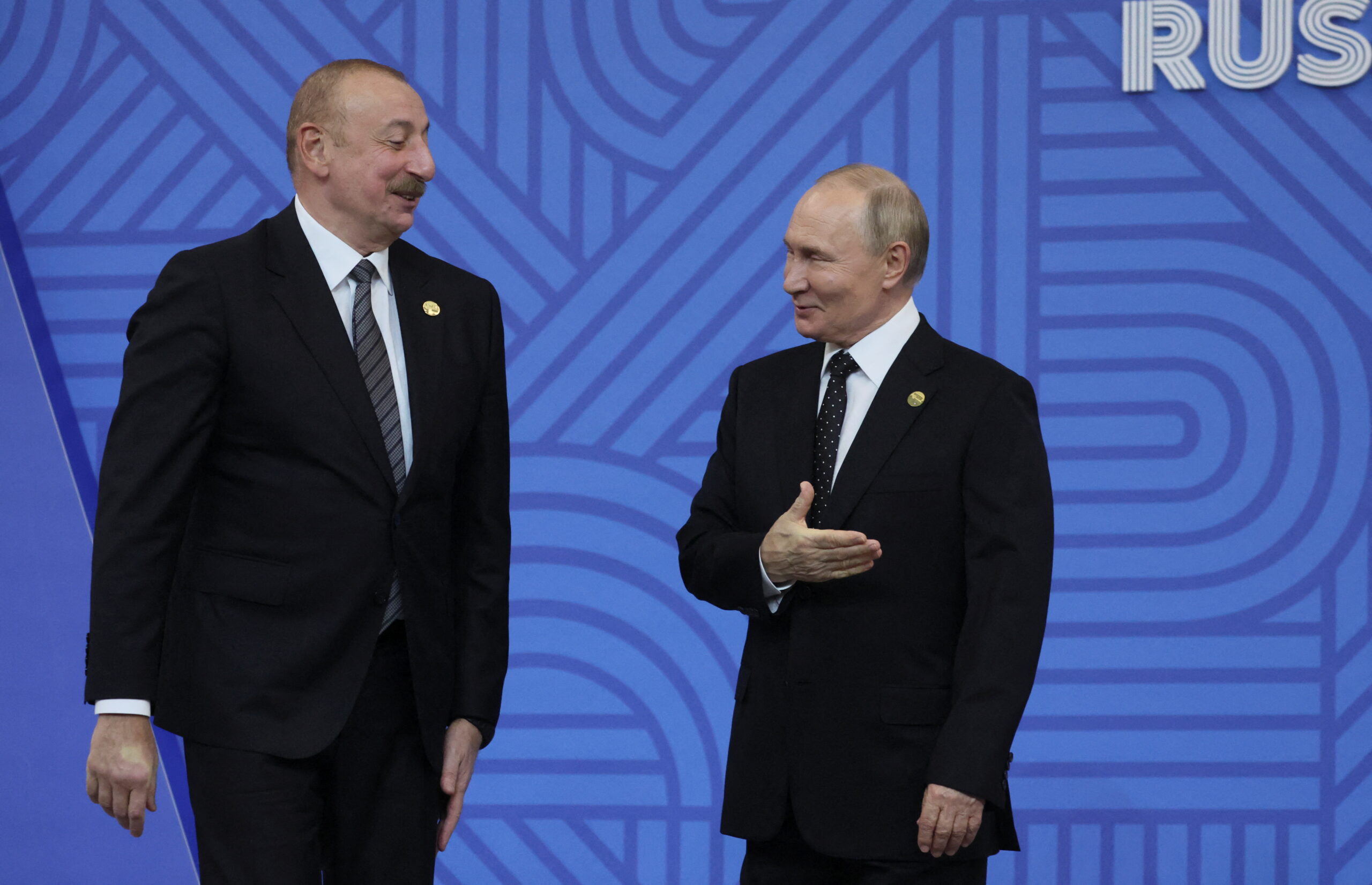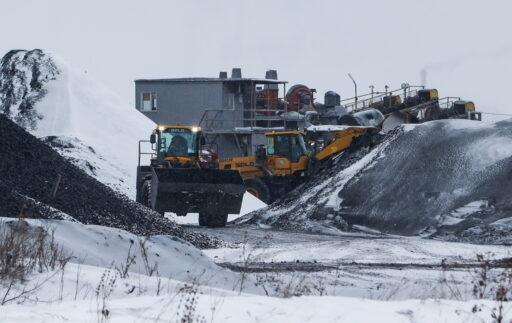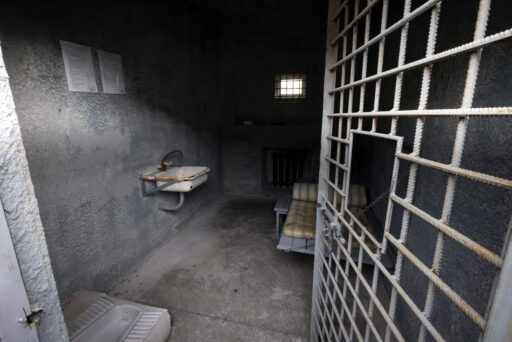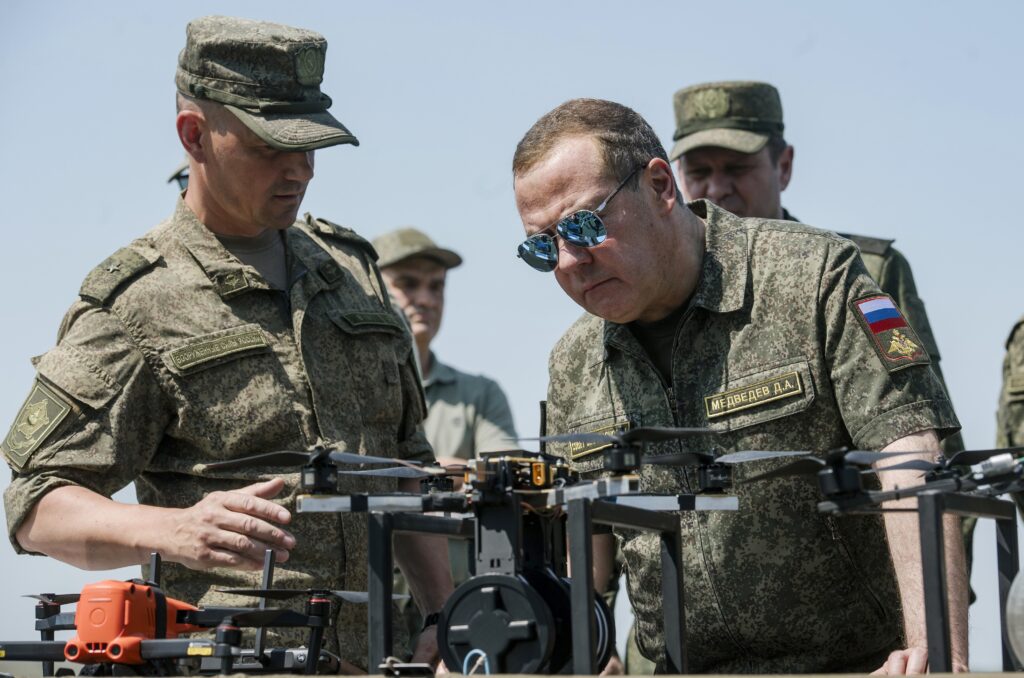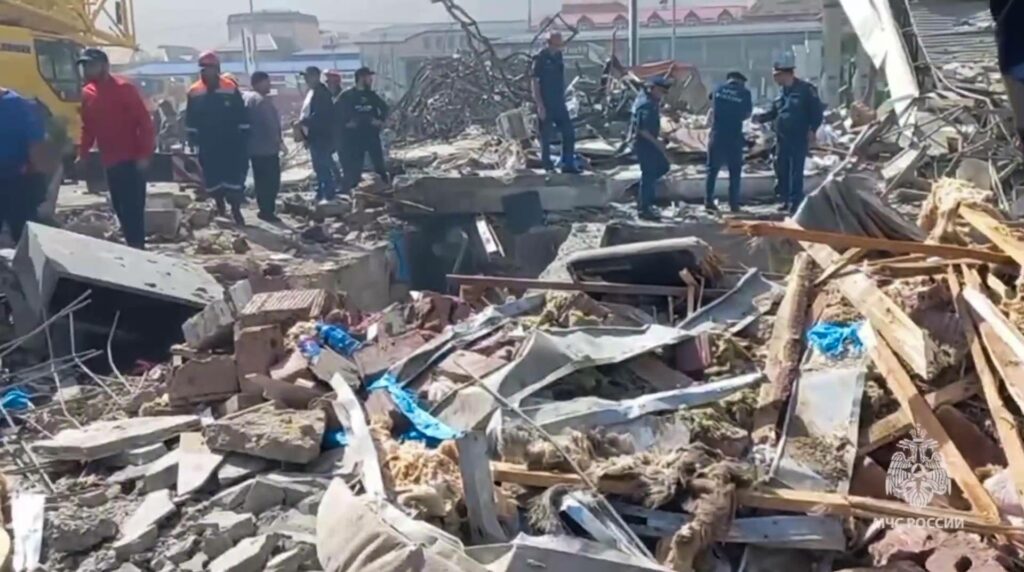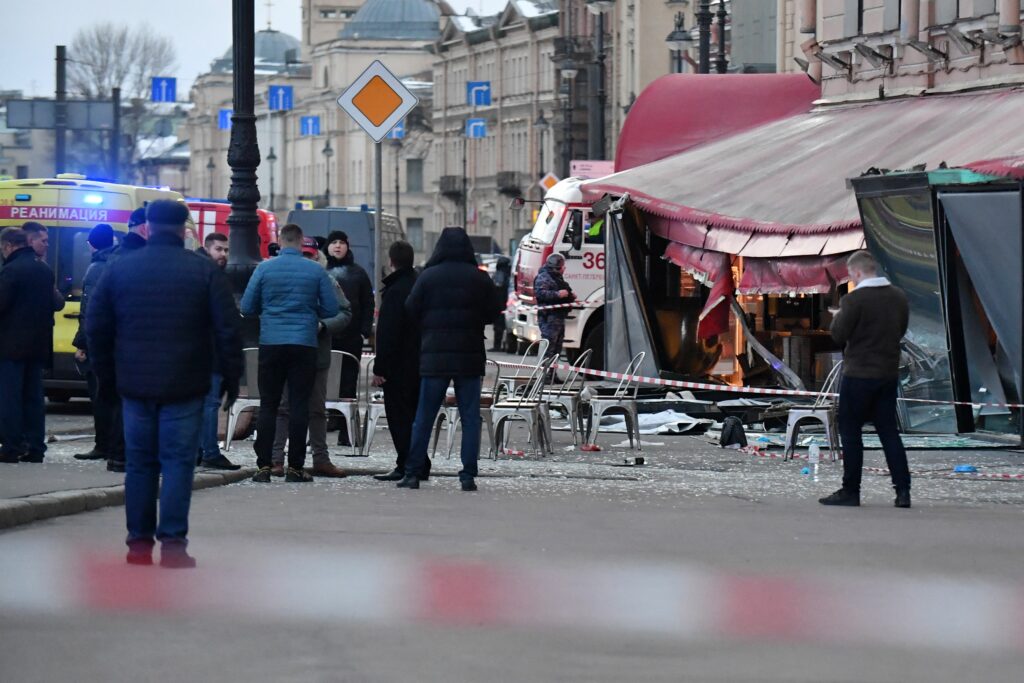The Kadyrov regime is notoriously one of the opaquest and most sensationalized in the world, certainly at the sub-national level. This leaves most people dependent on the relatively small set of journalists, analysts, and academics who have conducted years of close research to aid in understanding it. Both the opacity and sensationalism of the regime are illustrated in the persistent reports of Kadyrov’s death, either impending or already occurred. The frequency of such claims, plus the rapidity of other regional developments, call for even greater transparency from observers regarding how they gauge such assertions and what they are evaluating in the coming months and years.
Over the past several weeks, I attempted to outline the Kadyrov regime’s structure, stakeholders, and inheritors. Accordingly, in line with the ideas above, this article seeks to elucidate the indicators and scenarios ahead of, in case of, and after Kadyrov’s death. This is done in consideration of its structure and current and future stakeholders.
Ahead of Kadyrov’s death
Debates over Kadyrov’s death have been dramatically overblown, as he has a robust hierarchy of managers and other stakeholders to carry the regime. They continue to further hedge against any hypothetical future disturbance through a continued generational turnover. The eldest children will keep moving up, while the younger children integrate into the power vertical as they come of age.
Most notably amongst the recent personnel reshuffling, the role of Speaker of Parliament remains unfilled in a permanent fashion. The acting speaker, the veteran politician Shaid Zhamaldaev, will eventually be replaced with a long-term official. Perhaps the most significant individual to watch for this role is Khas-Magomed Kadyrov, the current mayor of Grozny. He quickly rose through the ranks, although his overly ambitious declaration to pursue a seat in the Duma resulted in his immediate backgrounding. This year, however, his public image has significantly reformed. Particularly, it has been promoted within a framing of «socioeconomic development» akin to rhetoric about Magomed Daudov. Khas-Magomed’s familial standing, bureaucratic rank, known ambition, and currently propagated policy track record all suggest he is a leading candidate to take over for Daudov.
Further, Kadyrov’s (ex-)officials are ascending to the federal level, or being promoted within it, at a significant pace recently. Daniil Martynov entered the Ministry of Emergency Services; Turko Daudov became Russia’s representative to the Organization of Islamic Cooperation; Apti Alaudinov joined the Ministry of Defense; and Muslim Khuchiev joined Prime Minister Mikhail Mishustin’s office. Such federal promotions open channels for the younger generation to fill in behind them, climbing the regime hierarchy. This gradual progression for Kadyrov’s children and their contemporaries has already been established as and will continue to be a feature of the regime’s dynamics.
The final dynamic to watch moving forward, particularly important ahead of Kadyrov’s eventual death, is how well the children are able to co-opt other families. This has long been done through marriage, particularly the daughters, although Proekt‘s recent exposé of one of the «Beno» companies—e.g., «Benofon,» «Benodent,» etc., with «Beno» being a shortened form of Kadyrov’s «Benoi» clan—adds evidence that Akhmat’s in-laws are substantially involved in the regime’s finances.
These children have appointed other top families’ children to relatively key positions—Ayshat’s best friend to her old job and the sons of Adam Delimkhanov and Magomed Daudov as Akhmat’s deputy ministers. Tabarik has also become financially involved with oligarch Movsadi Alviev’s sons. The ability to keep other families in line will be crucial to their ability to gain the Kremlin’s trust for another dynastic succession.
Since my recent analysis of the Kadyrov children’s regime involvement, substantial developments have occurred. According to a June 20 Novaya Gazeta Evropa article, simultaneously on June 8, Kadyrov’s second son Zelimkhan/Ali married Adam Delimkhanov’s grand-daughter and Adam, a year younger, married the daughter of Suleiman Geremeev, one of Chechnya’s senators, a relative of Delimkhanov, and one of the brothers notorious for serving as Kadyrov and Delimkhanov’s gunmen in high-profile assassinations, like Boris Nemtsov. The revelation that Adam also married, previously unreported, additionally suggests that Kadyrov does not think he will live much longer, and thus drastically rushed his third son’s marriage.
In case of Kadyrov’s death
Suffice to say, Kadyrov’s death cannot be hidden. Islamic funeral norms mean there is a standard three-day limit for the burial and any procession for Ramzan would inevitably be an enormous affair, probably the likes of which the republic has never seen. The regime has failed to establish media blackouts around sensitive events despite numerous attempts. The seemingly lone exception was Ali Kadyrov’s wedding. As a funeral and accompanying procession cannot be hidden, we will know when Kadyrov dies. Kadyrov’s team has already demonstrated the logic of this argument. During the October 2023 death rumors, he followed this idea and revealed he was truly alive three days after the rumors of his death began.
Besides a massive funeral, there are several other developments that would be expected almost immediately if Kadyrov died. The most detectable would be a shift in the kadyrovtsy’s deployments—especially if still occupying Ukraine—to shore up regional stability. Relatedly, a sudden increase in engagement between federal leaders and Kadyrov regime officials with significant influence amongst the security services would suggest something is amiss. This would mark a return of patronage games in Chechnya—through most of the 2000s, the various top siloviki sponsored influential warlords.
Further, any meetings with President Putin would certainly act as anointing Kadyrov’s successor, particularly vis-à-vis any of Ramzan’s sons. The President’s 2004 meeting with Ramzan to inform him of his father’s assassination and issue condolences was interpreted as such. This fact and the federal siloviki’s prior sponsorship of warlords in Chechnya are why closely watching for the return of patronage networks is so important. There are few among the top echelons of the Kadyrov regime’s hierarchy—namely Adam Delimkhanov, Magomed Daudov, Abuzaid Vismuradov (less so), and Ramzan’s children—who possess an ability to control the extended security network Ramzan has built. This provokes a repeated Alu Alkhanov situation, amidst which Adam Delimkhanov has a significantly stronger position, as the official most aware of and involved in the regime’s various activities, and previously named successor. Such enshrined actors are crucial to the Kadyrov regime’s continuation.
The largest threats to a dynastic succession are the «second tier» regime members (i.e., those with existing stakes who could look to grow their foothold) and those with a history of high ambitions, such as Khas-Magomed Kadyrov. These are the individuals and families that, if not sufficiently co-opted, could seek patronage elsewhere.
After Kadyrov’s death: major questions
Currently, all analysis is operating under the assumption that the Kadyrov regime would continue as a singular, personalist dictatorship. There is a legitimate possibility that Akhmat and Adam end up sharing leadership, or at least trying to do so, through the positions of «head» and «prime minister,» as long as the latter’s power is strengthened. This would assume the «managerial» roles currently played by Adam Delimkhanov and Magomed Daudov are re-divided to a distribution more reasonable to power-sharing with that of Ramzan’s current power.
In the wake of Ramzan’s death, particularly if it is coming in the not-so-distant future, two of the looming questions are (1) can anyone be entrusted to become placeholder in a situation akin to Alu Alkhanov 2004−2007 and (2) will the children fall to in-fighting? Regarding the former, there are a number of options amongst the highest echelon of regime officials and those who have consistently proven loyal managers. All options could be determined inadequate depending on the second question, specifically the chain of succession. Akhmat, as the eldest son, remains too young to assume power, requiring a long intermediate period. However, if Ayshat, being several years older, were to assume power until her brothers came of age, this would significantly shorten the duration of a placeholder to one similar to what Ramzan experienced, albeit with significantly more support from her siblings.
The other question at the forefront of consideration is whether and how Ramzan’s death might provoke the return of an insurgent movement, or more abundant militant activity at the very least. Recent militancy in Chechnya has mostly been solo or paired actors, with the last true cell, led be the Islamic State’s Aslan Byutukaev, eliminated in January 2021. The organized Ichkerian force remains isolated from the homeland it seeks to liberate. Societal dynamics are rapidly changing, however. The public has demonstrated an increasing willingness to show opposition to the regime. Additionally, radicalization problems old and new are causing a resurgence of the Islamic State, fueled by unregulated weapons flooding the region due to the war.
While Kadyrov’s death can be perceived as a momentary window of chaotic opportunity for potential militants, it is an opportunity undoubtedly anticipated by the authorities in Moscow and Grozny, who will respond accordingly, as noted above on potential kadyrovtsy deployment shifts. Such a response will also provide an opening to present a decided chain of succession as the guarantors of stability, which can be introduced at Kadyrov’s funeral to further convey their legitimacy from the Kremlin’s perspective, dissuading would-be challengers.
If there is a single lesson to be drawn from the recent developments in the Kadyrov regime, it is that the generational transition brings some transparency to an otherwise opaque region. Events surrounding Kadyrov’s death will only further this illumination.
